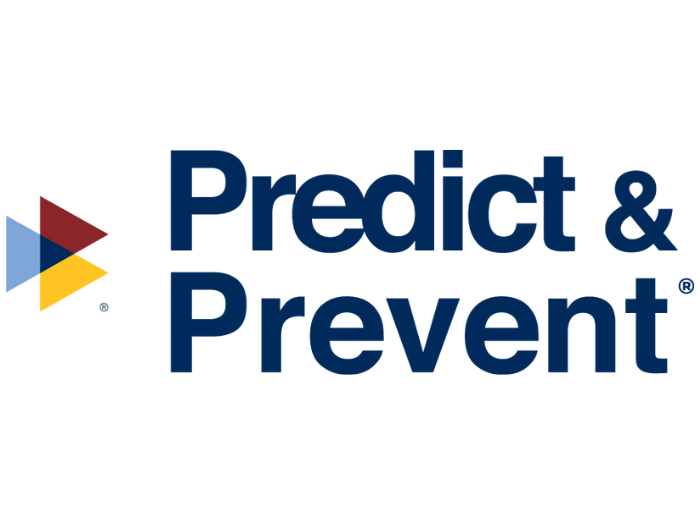3 Unique Challenges Nonprofits Face and What Insurers Can Do to Help

Imagine if your job was to attract investors without any monetary or product incentives, aside from a pat-on-the-back and a warm, fuzzy feeling.
This is the challenge that nonprofits face on a regular basis while seeking donations.
Nonprofit organizations (NPOs) are entities created for the purpose of raising money for grant-making foundations, providing services, advocacy groups, civic and social clubs and more.
The challenges that the employees of nonprofits face stem from their unique goals. While championing for a worthy cause, nonprofits also employ millions of income-reliant individuals while also facing obstacles that for-profit companies do not. These obstacles include stewardship, donor retention, volunteer liability and the need to conduct operations at arms-length to avoid conflicts of interest.
With unique organizational goals also come unique requirements for insurance coverage.
In order to provide the proper coverage, insurers must understand the key trends in the nonprofit sector as well as the unique needs of each nonprofit.
In an effort to highlight the challenges nonprofits face, NAPCO and Philadelphia Insurance Companies teamed up to create a report that surveyed 200 nonprofits about their biggest challenges when it comes to selecting insurance policies.
Here are some of the top challenges faced, according to the report:
1) Finding the Right Price
While there are some nonprofits that have extremely high revenues and successful executives, they are not intended to make people rich.
Just like small businesses, one liability claim can wipe out an entire NPO in a fell swoop, depending on how robust their finances are. Finding an affordable policy for a select nonprofit that will also help it come out on top after a liability claim can be nearly impossible.
On top of this, nonprofits face more risks due to the diverse settings in which they pursue their mission. While technology provides the option of online donations, many fundraisers and charitable events are conducted out-of-office where there is more exposure to accidents and mishaps.
To help mitigate the cost of coverage and give insureds more bang for their buck, insurers often provide amenities to nonprofits. These services include group purchasing discounts, background checks for prospective employees, and consulting services.
In order to cover all areas of exposure, nonprofits are sometimes given the option of a ‘business owners’ policy package, which can cover multiple types of liability for the right price.
The Philadelphia Insurance Company’s report stated that a significant price increase in coverage was the number one reason that nonprofits will change their insurance providers.
2) Understanding the Policy and Getting the Right Coverage
In order to understand what type of coverage to purchase, nonprofits must be aware of all of their risks, which can be different than a typical company’s. As mentioned, nonprofits handle most of their business out-of-office, such as putting together events, programs and fundraisers.
Use of volunteers also exposes NPO’s to a different level of liability. Volunteers can be more prone to injury if they do not know proper procedures and possess less company loyalty than a typical employee. These risks can be covered by general liability insurance to defend against third-party claims.
To further complicate needed coverage, no two nonprofits have the same exposures; an after-school program would require different coverage to protect against the liability of child-injuries than a free-wellness clinic would require in order to protect against malpractice suits.
A needed area of coverage that is important for nonprofits is directors’ and officers’ coverage. This is essential due to the need to maintain a tax-exempt status and avoid audits. If nonprofits do not have D&O insurance, board members can be held responsible for funding lawsuits with their own personal assets.
Forty-one percent of nonprofits cited confusing policies as a reason they would not select certain coverage.
3) Retaining Donors
As reported in the study, one of the general challenges that nonprofits face is donor retention. Not only is it difficult to attract donors, it is even harder to keep them coming back.
Recognizing this, insurers know that their nonprofit clients base a higher value on the integrity of their relationships than for-profit companies do. Factors that influence insureds’ trust are responsiveness of sales employees, understanding of coverage depth, and the complexity of the application process.
When selecting coverage, nonprofits are also going to select policies that won’t be dropped after a single claim and will remain consistent despite possible liability verdicts. If they are dropped after a claim, searching for a new insurer is not only stressful, but it can be costly and detrimental to the nonprofit’s mission.
While a changing technological landscape and other outliers making it nearly impossible to determine a recipe for perfect coverage, insurers are working to identify specific market trends that cater to the unique goals of those who champion the greater good. Together, we applaud them for it. &










